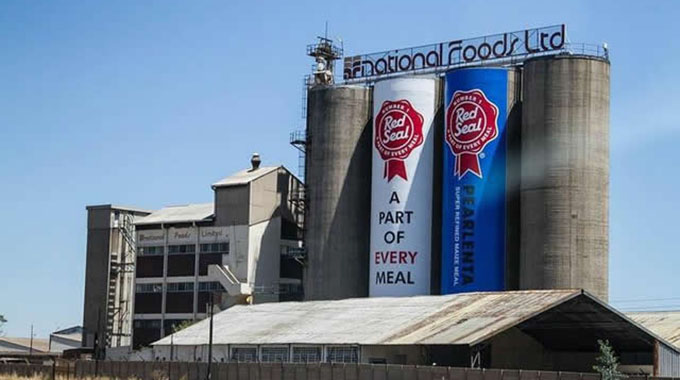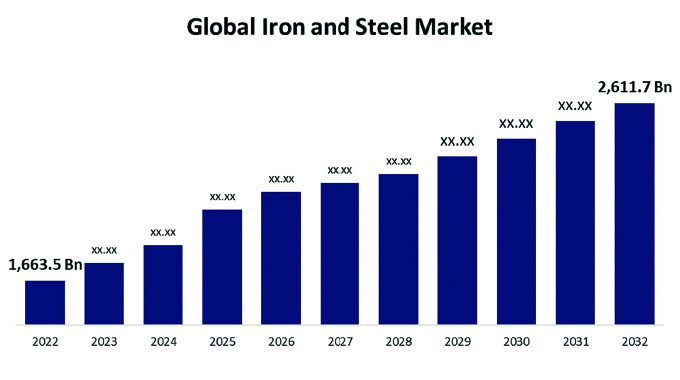Natfoods gears for critical maize imports

Panashe Chikonyora
Zimbabwe Stock Exchange-listed conglomerate, National Foods Holdings Limited (Natfoods), has initiated an importation programme for both white and yellow maize to cover the expected maize deficit in the first half of 2020, according to a trading update the company released on Monday.
In July this year, President Mnangagwa said Zimbabwe would import 800 000 tonnes of maize following last season’s El Nino-induced drought, which led to a poor harvest.
The country, whose national grain requirements stands at 1,8 million tonnes, will be importing the bulk of the maize from Southern African countries.
Private players in the maize value chain are also expected to play a crucial role and in this regard Natfoods said it is “holding a solid pipeline of raw materials”.
The company said the only challenge will be limited availability of foreign currency as well as the depreciating exchange rate.
“ . . . subdued local liquidity and continued devaluation mean that replacement of this pipeline will need to be a key focus area for management in the months ahead.”
In terms of product development, Natfoods launched a new cereal product under the Pearlenta NutriActive Brand in October following several years of research and planning.
It also launched “Allegros Popticorn” and “Iris” Cream biscuits during the quarter.
Natfood remains optimistic towards these new developments, as the products were well received by the market despite the economic challenges.
Meanwhile, the milling company experienced a 36 percent decrease in volumes for the first quarter to September 30, 2019, due to constrained consumer spending power and limited availability of some raw materials.
Basic commodities and services prices have been rising at rates that are not in tandem with workers’ salaries due to the inflationary environment in the country, leaving consumers battling an increased cost of living.
The annual rate of inflation was at 175,6 percent at the last count in June.
Demands for groceries mainly basic commodities such as rice and salt have been on a downward trend.
The flour business had the highest drop with volume performance closing 50 percent below last year’s, on the back of intermittent supply and increased cost of wheat owing to high exchange rates in the market. This made the products too expensive to import, compared to last year where it registered a 28 percent jump.
Natfoods said maize was the least affected having closed 5 percent in the negative compared to same period last year, although in 2018 it had registered better with an 11 percent increase.








Comments